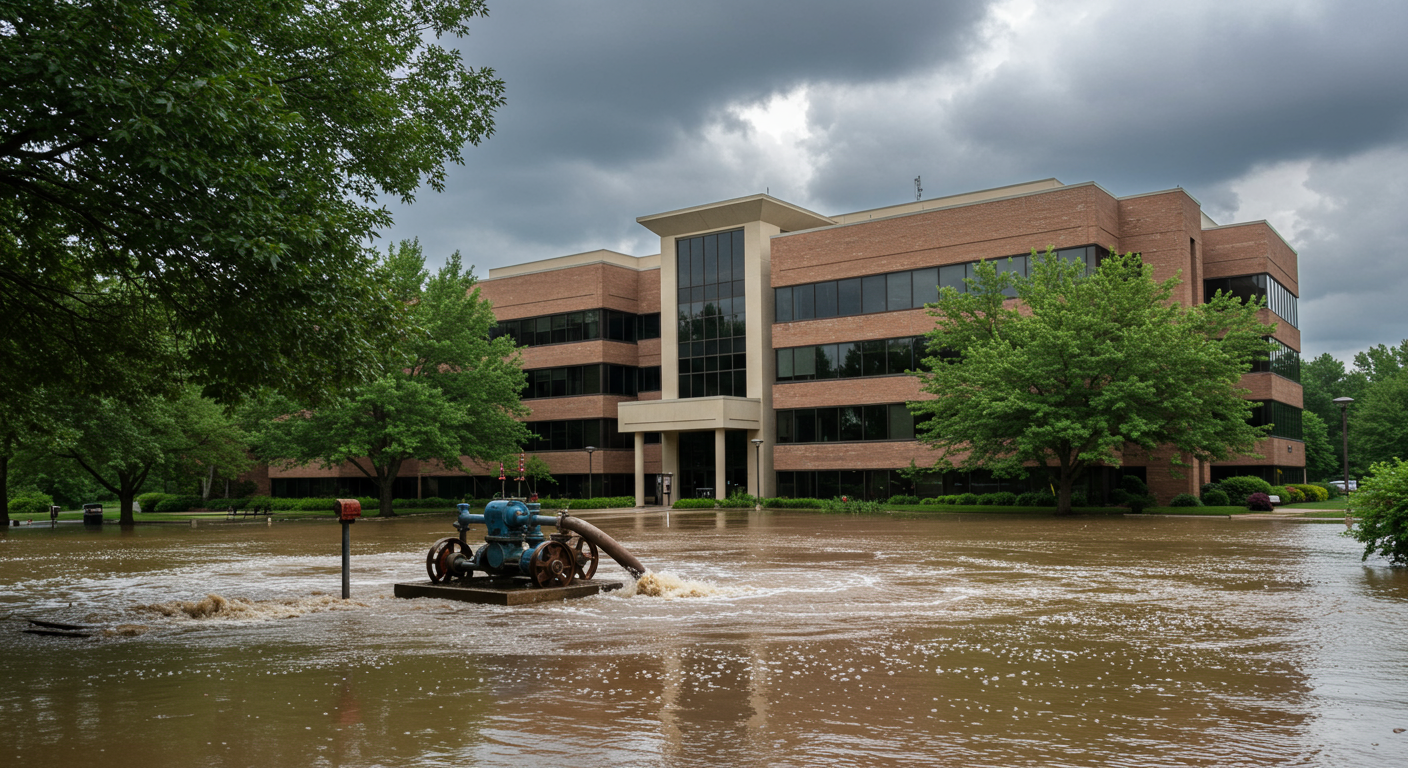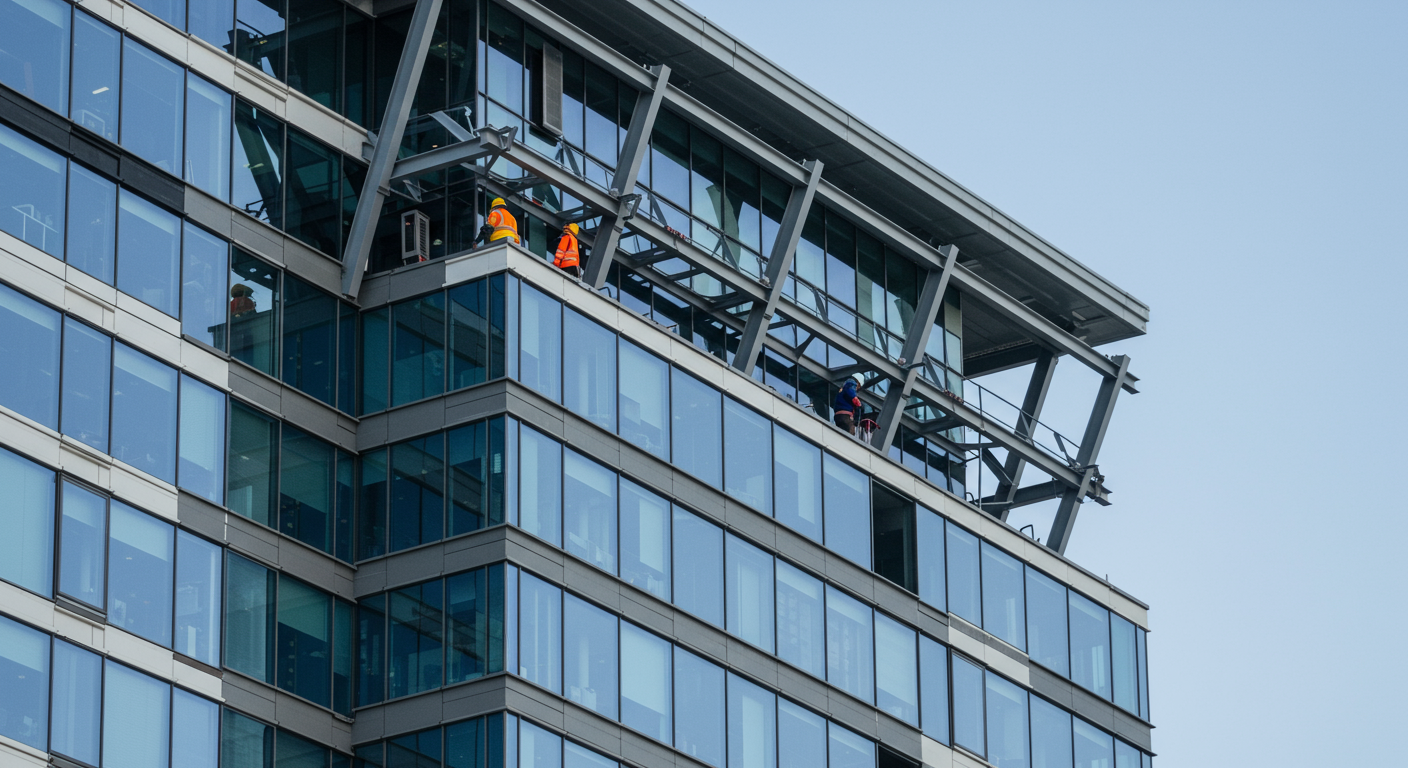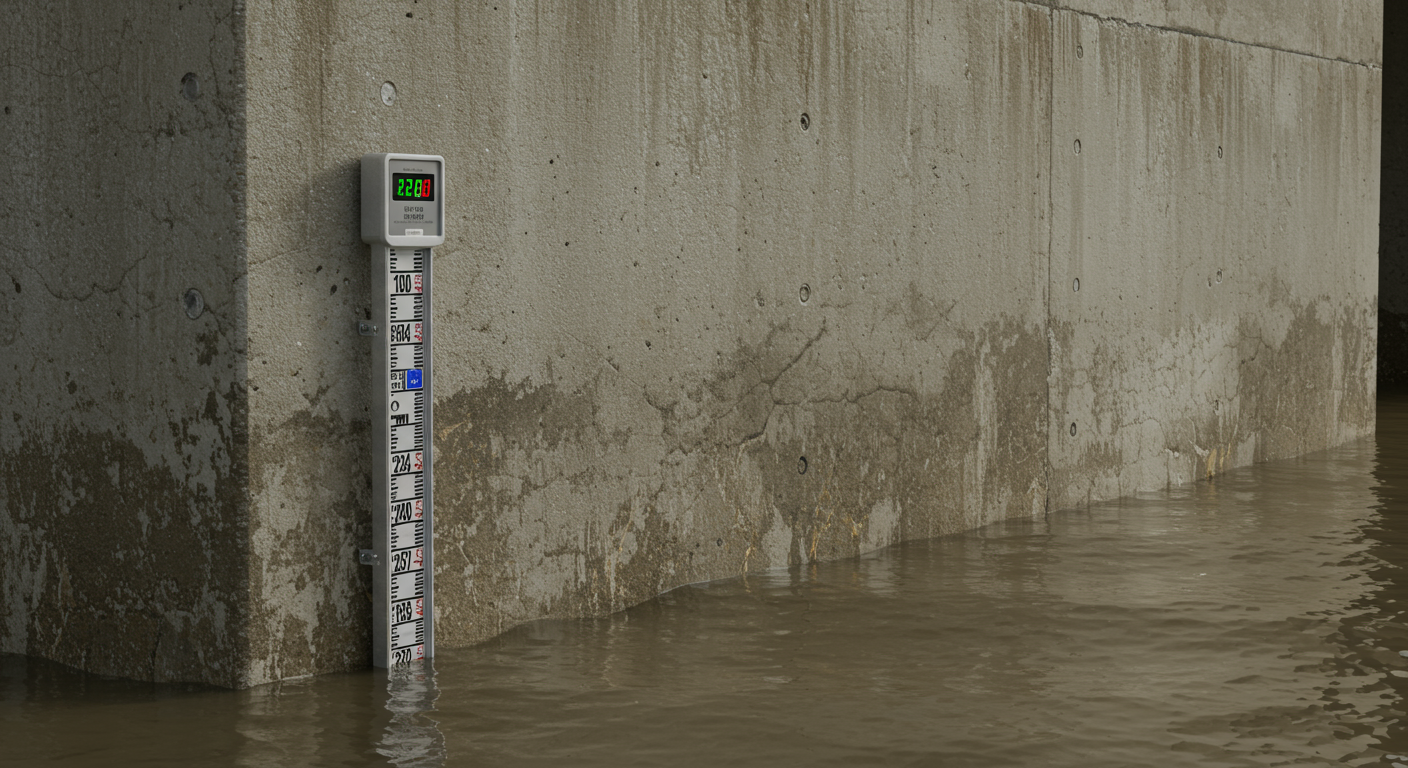- Assessing Risk Exposure in Commercial Properties
- Common Natural Disasters Affecting Commercial Real Estate
- Financial Implications of Disaster-Related Property Damage
- Insurance Policy Types for Commercial Real Estate
- Evaluating Coverage Limits and Exclusions
- Rising Premiums and Affordability Challenges
- Mitigation Strategies to Reduce Risk and Costs
- Regulatory Requirements and Compliance Standards
- Claims Process: Best Practices and Pitfalls
- Future Trends: Climate Change and Insurance Innovations
- Conclusion
1. Assessing Risk Exposure in Commercial Properties
Effective risk assessment begins with a detailed property survey. Identify geographic threats like floods, hurricanes, earthquakes, wildfires or winter storms. Examine building age, construction materials, foundation type and proximity to water bodies or fault lines. Use GIS mapping tools and historical loss data to quantify exposure.
Engage structural engineers for vulnerability studies. Factor in business interruption costs, tenant relocation expenses and data recovery needs. Create a risk matrix ranking likelihood and impact levels. Regularly update assessments to reflect climate trends and urban development. A thorough evaluation guides underwriting decisions and targeted mitigation measures.
2. Common Natural Disasters Affecting Commercial Real Estate
Floods account for billions in property losses each year, especially in coastal and riverfront zones. Hurricanes combine wind damage and storm surge, devastating roofing, glazing and mechanical systems. Earthquakes cause structural collapse, foundation cracks and non‐structural content losses in high-seismic areas. Wildfires threaten properties on urban interfaces, destroying frames and interiors.
Winter storms bring ice, snow loads and freeze‐thaw cycles that impair roofs, plumbing and HVAC equipment. Tornadoes, though localized, can obliterate entire complexes. Recognizing local hazard patterns allows landlords and insurers to focus resources on the most relevant perils.

3. Financial Implications of Disaster-Related Property Damage
Direct losses include repair or replacement of structural elements, mechanical systems, fixtures and tenant improvements. Indirect costs encompass business interruption, loss of rental income, relocation expenses and reputational harm. Supply chain disruptions can delay reconstruction parts, driving up costs. Citizens and small businesses often face liquidity shortfalls during large-scale events.
The economic ripple extends to lenders, affecting property values and loan‐to‐value ratios. Adequate capital reserves, line-of-credit arrangements and business continuity plans help cushion financial shocks. Insurers use loss history to set future premiums and policy terms, altering the affordability landscape.
4. Insurance Policy Types for Commercial Real Estate
Property insurance typically covers named perils or offers all-risk protection, subject to specified exclusions. Flood insurance is usually obtained through government programs or private carriers via separate endorsements.
Earthquake policies often come with high deductibles expressed as a percentage of insured value. Windstorm coverage may be provided under a standard policy but sometimes requires a windstorm endorsement or standalone policy in hurricane-prone regions. Business interruption insurance compensates lost income and extra expenses up to a defined period.
Builders risk, equipment breakdown and inland marine policies cover specialized exposures. Choosing the right mix ensures layered protection against diverse threats.

5. Evaluating Coverage Limits and Exclusions
Coverage limits must reflect replacement cost value plus soft costs such as design fees, permits and code upgrades. Replacement cost avoids depreciation deductions, but coinsurance clauses may penalize underinsured properties. Actual cash value policies account for depreciation and often result in lower payouts.
Review exclusions for mold, sewer backup, pollution, war, terrorism or wear and tear. Examine waiting periods, sublimits for specific perils and aggregate limits. Confirm whether policy extensions cover debris removal, ordinance and law upgrades, temporary protection measures and civil authority losses. Work with brokers to negotiate favorable terms and avoid coverage gaps.
6. Rising Premiums and Affordability Challenges
Climate volatility and increased catastrophe frequency push insurers to raise rates and tighten appetite in high-risk zones. Insurers deploy catastrophe models to price perils more accurately, passing costs onto policyholders. Coastal and wildfire-prone regions see steeper hikes and insurer withdrawals.
Commercial property owners with claims history or inadequate mitigation face surcharges. Deductibles tied to a percentage of value can strain budgets. Some businesses respond by shifting to self-insurance trusts or captives, absorbing more risk to contain premium growth. Others accept higher deductibles or narrower coverage to remain insured. Balancing cost and protection requires strategic planning and regular market reviews.

7. Mitigation Strategies to Reduce Risk and Costs
Invest in resilient design: reinforced roofing, impact-resistant glazing, seismic retrofits and fire-resistant materials. Elevate mechanical systems above flood levels and install flood barriers or sump pumps.
Clear brush and create defensible space around buildings in wildfire zones. Anchor storage racks and secure mechanical equipment to resist tremors. Develop and test evacuation plans, emergency communication systems and backup power supplies.
Document maintenance records and install monitoring technology to detect structural movement or water infiltration early. Insurers often offer credits or premium discounts for certified mitigation measures, making upfront investment cost-effective over time.
8. Regulatory Requirements and Compliance Standards
Federal, state and local regulations dictate floodplain development, seismic design standards and fire codes. The National Flood Insurance Program sets minimum requirements for properties in special flood hazard areas.
The International Building Code provides guidelines for wind, seismic and fire resistance. Municipalities may enforce additional ordinances for stormwater management, coastal buffers or wildfire defensible zones. Noncompliance can result in denied claims or fines. Lenders typically require proof of compliance before approving mortgages.
Stay informed about changing regulations and integrate them into property management and renovation plans to avoid legal and financial penalties.
9. Claims Process: Best Practices and Pitfalls
After a disaster, secure the site, mitigate further damage and document losses with photos, videos and inventories. Notify insurers promptly and submit a detailed proof of loss. Keep communication records with adjusters, contractors and tenants.
Engage public adjusters for complex claims to ensure fair valuations. Beware of undervalued settlements and ensure rebuild costs reflect current material and labor rates. Retain copies of all receipts, invoices and correspondence. Track delays and business interruption expenses meticulously. Promptly respond to insurer inquiries to avoid denial.
Prompt resolution minimizes downtime and preserves tenant relationships.

10. Future Trends: Climate Change and Insurance Innovations
Climate projections predict more intense storms, rising sea levels and prolonged droughts, amplifying risk for commercial real estate. Insurers are adopting parametric policies that trigger payouts based on objective measurements—wind speed, earthquake magnitude or rainfall totals—streamlining claims.
Usage-based insurance tied to real-time sensor data offers dynamic pricing and incentivizes proactive risk management. Public-private partnerships aim to expand coverage in underserved markets. Advances in predictive analytics and AI enable more precise risk modeling.
As regulatory pressure mounts for climate resilience disclosures, property owners will need transparent reporting on exposure and mitigation strategies. Staying ahead of these trends positions commercial investors for greater stability and sustainability.
11. Conclusion
Natural disasters profoundly influence commercial real estate and insurance solutions. Understanding risks, adapting insurance strategies, and implementing effective mitigation measures are essential for property owners and insurers to navigate an increasingly perilous landscape.
